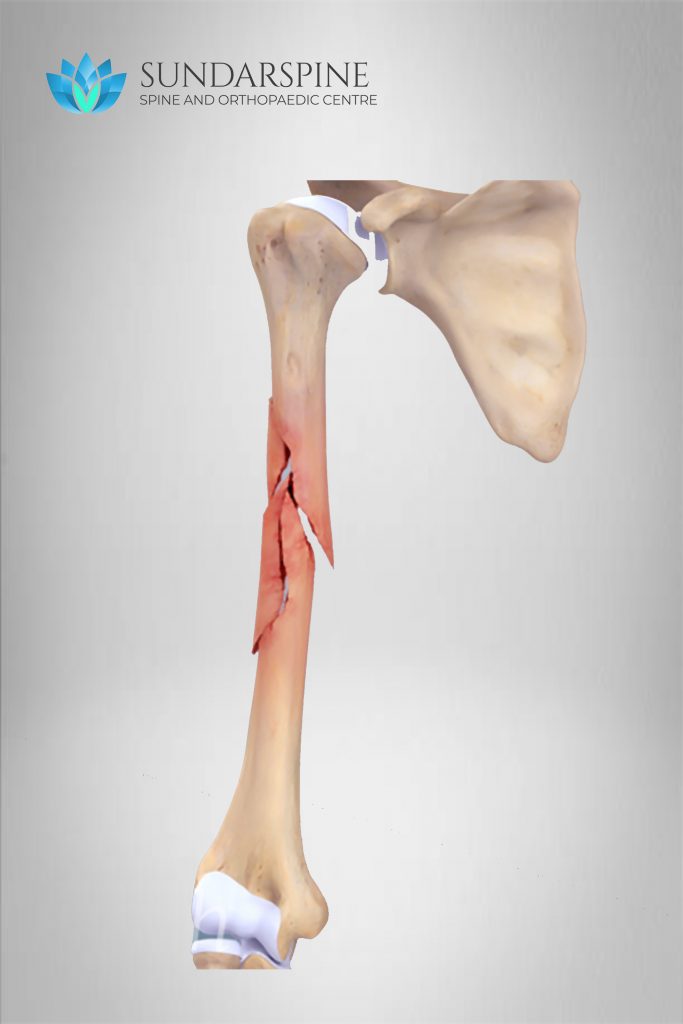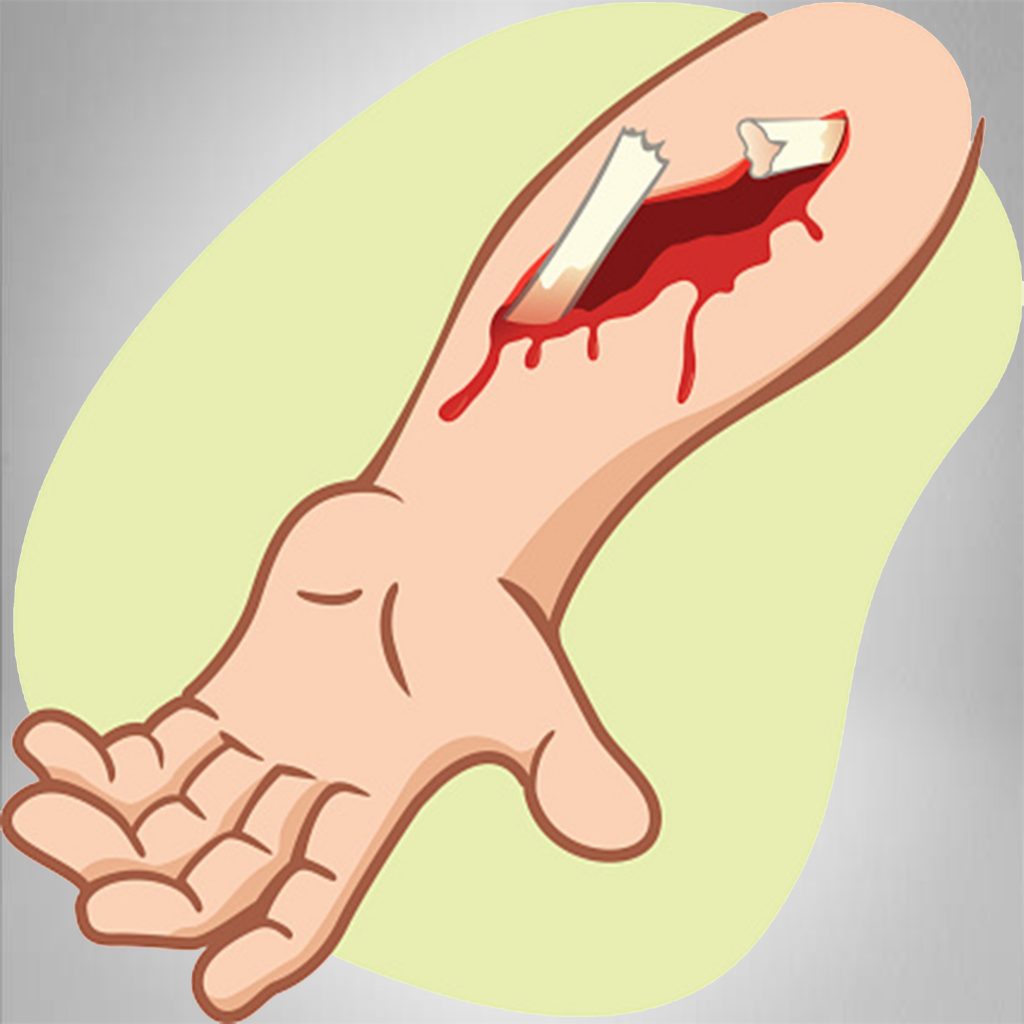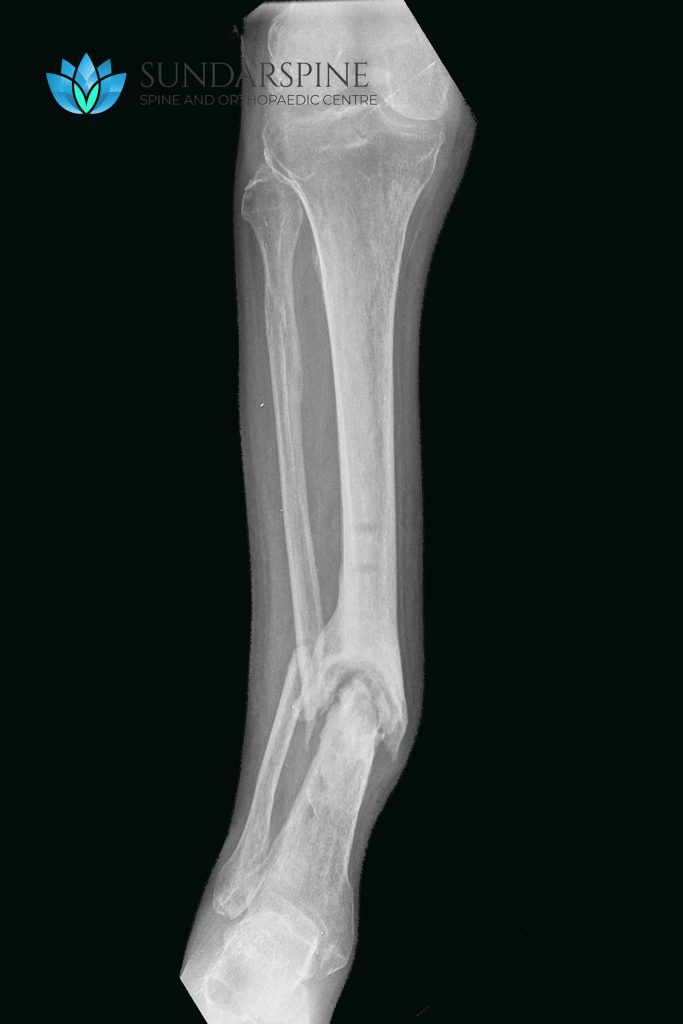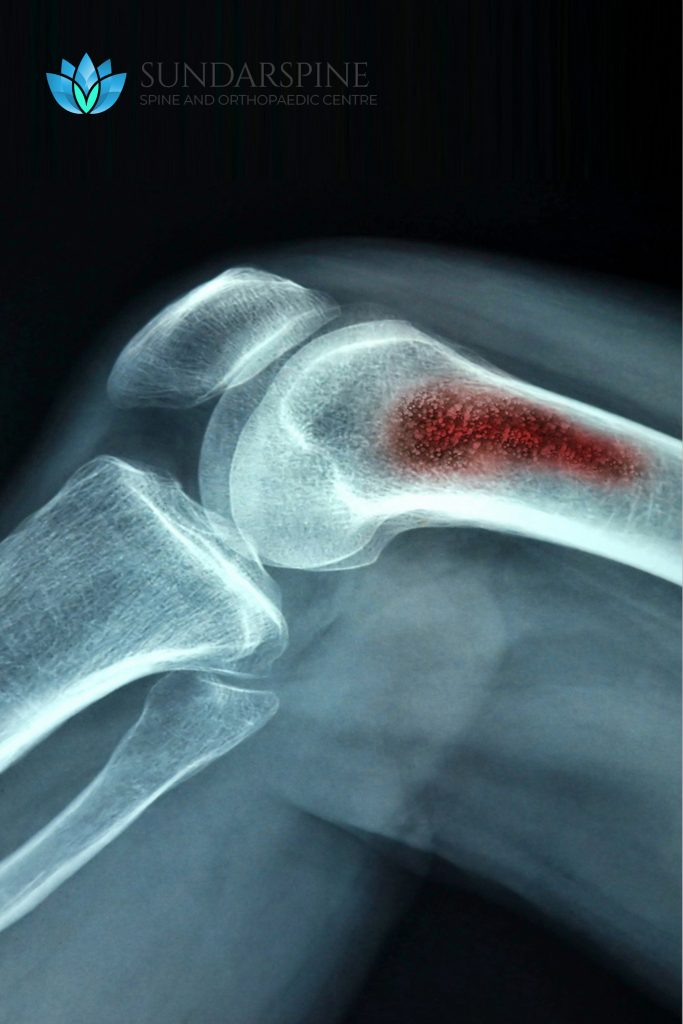- drsundar@sundarspine.com
- Youtube
For Appointments, Call
+(91) 9080 9680 66
+(91) 9080 9680 66

A fracture is a break or crack in one of the bones. Common causes include falls, motor vehicle accidents and sports injuries.
Treatment of a fracture depends on the location and severity of the injury. A severe fracture may require surgery to implant devices into the broken bone to maintain proper alignment during healing. Other injuries may be treated with a cast or splint. In all cases, prompt diagnosis and treatment of a broken leg is critical to complete healing.
Symptoms: Severe pain, swelling, restriction of movement, inability to lift objects (upper limb) or bear weight (lower limb)
Risk factor: Osteoporosis, fall, road traffic accident, sports injury
Causes: Sudden stress of impact on the bone cause weakening and breaking. The severity of the fracture depends on the velocity of injury.
When to see a Doctor: Better to consult the doctor immediately as delay in treatment may cause increased swelling, pain, discomfort and compartment syndrome
Treatment: Depends on the type, location and severity of the fracture. Simple fracture without displacement can be treated with splints and immobilization. Displaced fracture usually have to be operated with implants. Fracture in Children have high tolerance for conservative management.

An open fracture, also called a compound fracture, is a fracture in which there is an open wound or break in the skin near the site of the broken bone.
An open fracture requires different treatment than a closed fracture, in which there is no open wound. This is because, once the skin is broken, bacteria from dirt and other contaminants can enter the wound and cause infection.
Symptoms: Severe pain, bleeding from wound, deformity
Treatment: Early treatment for an open fracture focuses on preventing infection at the site of the injury. The wound, tissues, and bone must be cleaned out in a surgical procedure as soon as possible. The fractured bone must also be stabilized to allow the wound to heal. Secondary procedure might be required based on the severity of the injury for wound cover (plastic surgery) and definitive fixation of fracture.

With modern treatment methods, most broken bones (fractures) heal without any problems. After a broken bone is treated, new bone tissue begins to form and connect the broken pieces.
Some broken bones do not heal even when they get the best surgical or nonsurgical treatment. When a broken bone fails to heal it is called a “nonunion.” A “delayed union” is when a fracture takes longer than usual to heal. “Mal-union” is bone healing in abnormal position or with deformity.
Symptoms: Pain, deformity, abnormal movement at the fracture site.
Risk factor: Smoking, old age, anemia, diabetes, poor nutrition, infection, native treatment
Causes: Inadequate blood supply, inadequate immobilization, delay in treatment, infection, injury while healing
When to see a Doctor: Regular follow-up with the doctor following fracture is required to detect any abnormality early-on
Treatment: Mainly surgical intervention is required such as bone grafting, change of implants or stabilization technique

Osteomyelitis is an infection in a bone. Infections can reach a bone by traveling through the bloodstream or spreading from nearby tissue. Infections can also begin in the bone itself if an injury exposes the bone to germs.
Symptoms:
Treatment: Treatment has to be initiated immediately. Blood culture or biopsy may be required to find the causative organism. Wound debridement and wash may help eradicate infection faster. Recurrence is possible.
